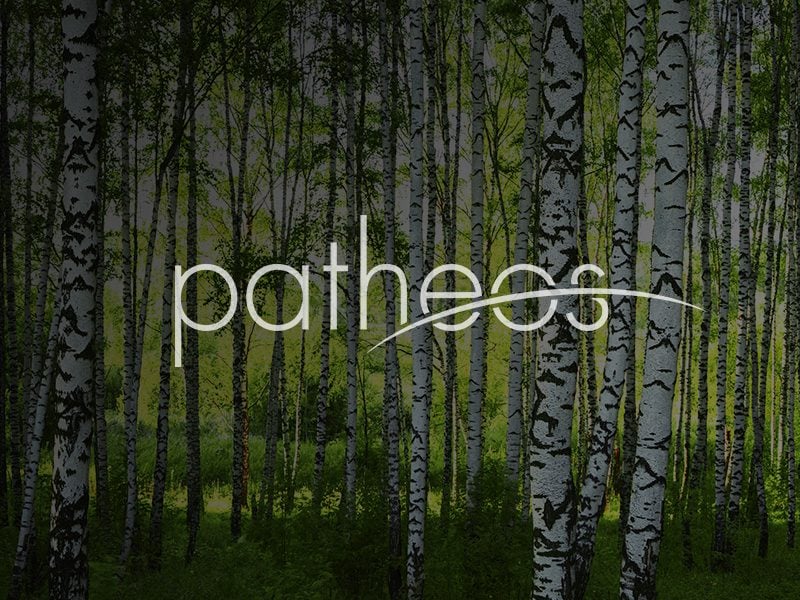Last updated on: December 1, 2008 at 11:11 am
By
dwclark
What is Biblical Criticism? If you read a book on biblical criticism, you are likely going to be confronted with a large number of terms which describe various types of biblical criticism. For example, I just finished reading To Each its Own Meaning, which dedicates one chapter each to different types of criticism. Here are the chapter titles: source criticism, form criticism, tradtion-historical criticism, redaction criticism, social-scientific criticism, canonical criticism, rhetorical criticism, structural criticism, narrative criticism, reader-response criticism, poststructuralist criticism,... Read more
















